
The Shanghai International Shipping Institute's second quarter Global Port Development Report shows that cargo throughput of major ports rising by 7.2 per cent while container throughput increased by 3.3 per cent.
Among terminal operators, the top five players comprising all Chinese ports apart from second placed Singapore, saw equity container throughput of 40.9 million TEU and grew 6.8 per cent in the second quarter.
The period saw the tangible effects of trade and economic policies starting to kick in. Key among these were the effects on throughput at some US and China ports and the strong growth in dry bulk throughput at Australian ports as well as the growth in liquid bulk throughput in general.
The Sino-US trade war affected cargo volumes with US ports seemingly coming off worse off in the conflict. The Port of South Louisiana suffered the most serious impact, with cargo throughput falling by 7.2 per cent, SISI noted.
This was due to the fact that major taxable products involved in the trade war were mainly exports out of the US and experienced declines in throughput to different degrees. For example, chemicals, soybeans and steel fell by 4 per cent, 3 per cent and a whopping 10 per cent respectively.
In contrast most of the Chinese exports hit by the US tariffs are technology and capital-intensive products, which are not usually freighted by sea. Set against China's large cargo volume base the impact on total throughput at Chinese ports is expected to be muted, SISI said.
Global container terminal operators also saw sustained growth in throughput. Among these, Cosco Shipping Ports benefited from increased calls from Ocean Alliance members and the group's new terminal assets, with equity container throughput increasing by 13.8 per cent in the second quarter.
China Merchants Port meanwhile continued its aggressive overseas port expansion, and saw its single-quarter equity container throughput crossing over the 10 million TEU mark. DP World however saw its equity container throughput shrink 1.5 per cent as it missed the incremental gains from its increased stake in Busan Port and shifted its development strategy.
Tighter environmental policy also led to declines in throughput at some ports. In particular Port of Rotterdam saw a steep 11.9 per cent drop in coal throughput as coal-fired power plants were shut down. Likewise in Tianjin Port, a ban on coal transport by automobiles, led to cargo throughput declining by 4.8 per cent in the second quarter.
However a standout performer was Yantai Port, which led the growth of global cargo ports with a growth rate of 54.2 per cent in the first half of the year and became China's top bauxite importing port with cumulative bauxite throughput of 55 million tonnes, reports Seatrade Maritime News of Colchester, UK.
Source:HKSG GROUP
Please Contact Us at:
admin@xindemarine.com


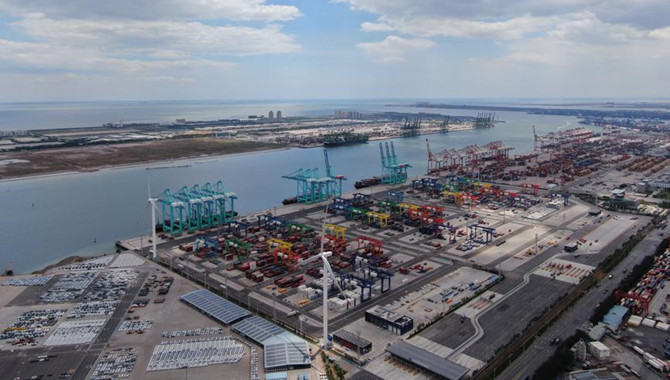 Tianjin Port container terminal goes high-tech
Tianjin Port container terminal goes high-tech 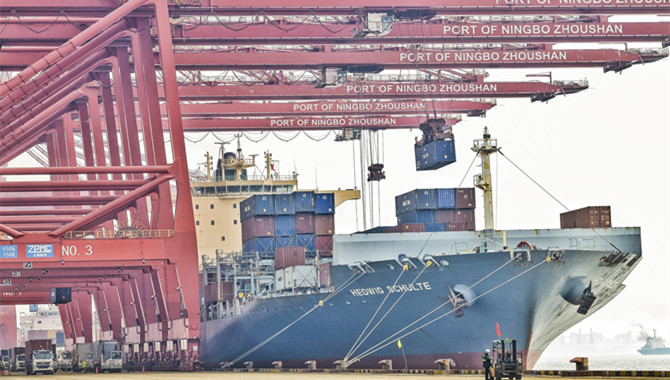 China's Zhoushan Port plays a booster for global tr
China's Zhoushan Port plays a booster for global tr 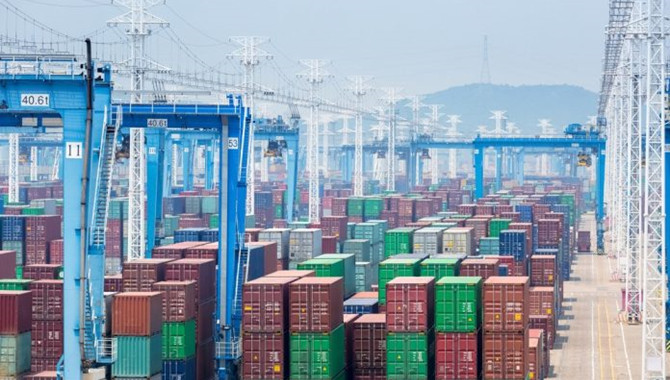 Ningbo Zhoushan hits 1 million TEU milestone in the
Ningbo Zhoushan hits 1 million TEU milestone in the 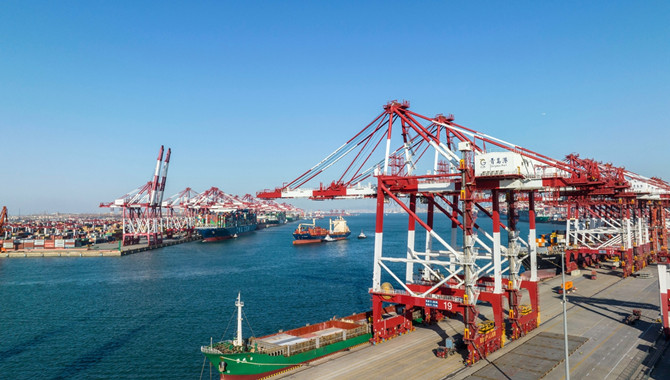 Shandong aims to build world-class ports cluster in
Shandong aims to build world-class ports cluster in 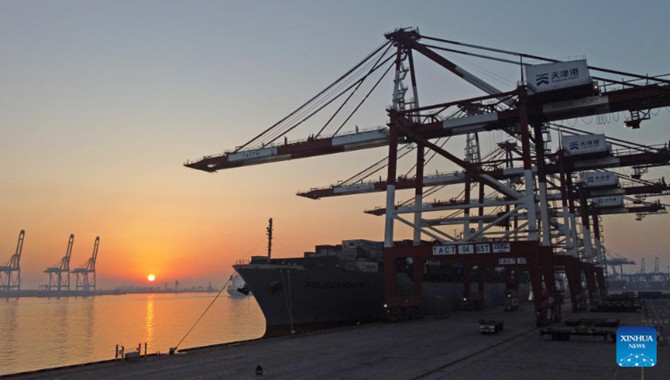 Tianjin Port sees container throughput expand 6.9%
Tianjin Port sees container throughput expand 6.9% 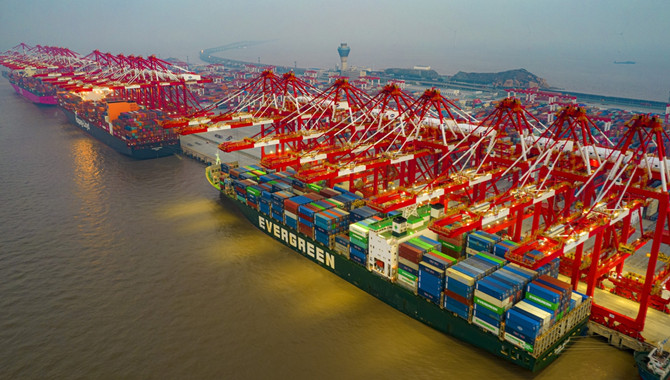 Sea ports renege quarantine, promote marine trade
Sea ports renege quarantine, promote marine trade